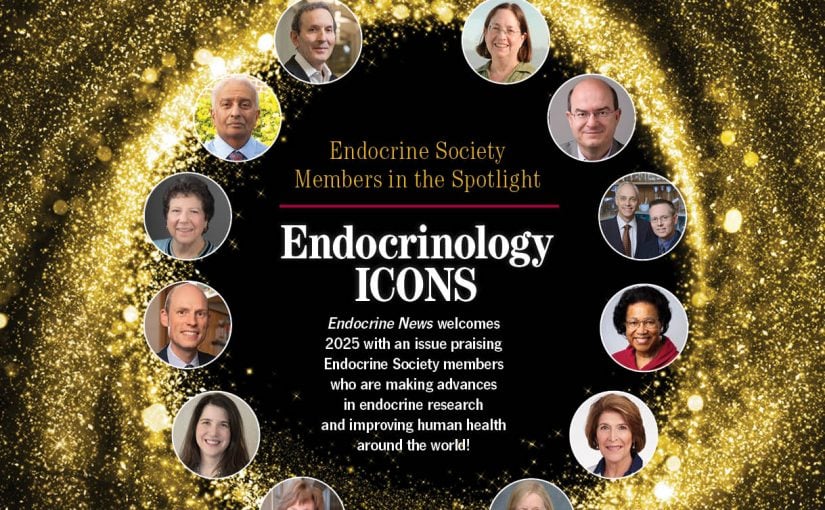A team of researchers has provided baseline characteristics for infants with atypical genital development born in the United States, according to a paper recently published in the Journal of the Endocrine Society.
The researchers, led by Amy B. Wisniewski, PhD, of Cook’s Children’s Hospital in Fort Worth, Texas, write that little is known about the phenotypes, diagnoses, and sex of rearing practices of infants who present with atypical genitalia to clinics in the United States. They point out that the 2006 Consensus Statement changed the approach for individuals with many types of 46,XY disorders of sex development (DSDs), who would have previously been assigned a female gender, to recommend male rearing. “As a result of these recommendations, the male sex designation has been increasing in Europe,” the authors write. “It is unknown, however, whether sex is being assigned according to the consensus recommendations in the United States.”
The researchers initially enrolled 99 subjects with moderate-to-severe genital atypia, aged <3 years, who had not undergone previous genitoplasty. Six withdrew and one did not have a documented karyotype. “Of the 92 children, 53 (57%) had a 46,XX karyotype, 31 (34%) had a 46,XY karyotype, and 8 (9%) had [sex chromosome abnormality]. Of those with a 46,XX karyotype, the most common diagnosis was congenital adrenal hyperplasia (CAH) due to 21-hydroxylase (21-OH) deficiency (21-OH CAH; 48 of 53),” the authors write.
Two of the subjects with CAH underwent a change in sex of rearing from male to female within two weeks of birth. The researchers found that the presence of a uterus and a shorter phallic length were associated with the child being raised female, meaning future fertility could factor into the decision of sex of rearing or surgery.
Based on their findings, the authors conclude: “An increased phallic length was positively associated with rearing male. Among the US centers studied, sex designation followed the Consensus Statement recommendations. Further study is needed to determine whether this results in patient satisfaction.”

